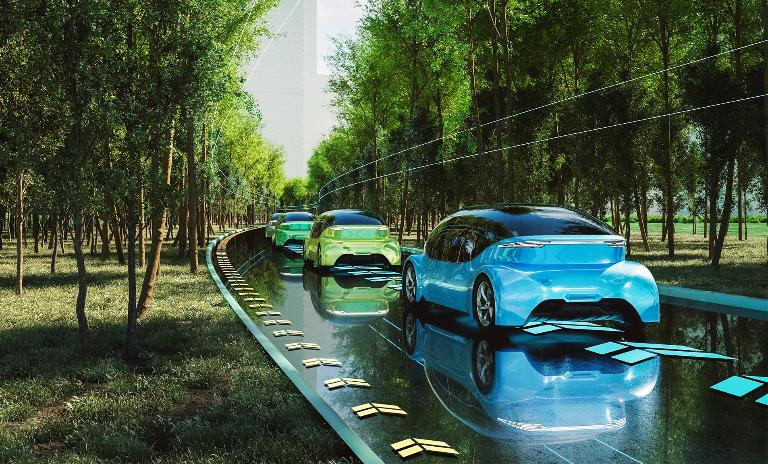Automotive & Commercial Vehicles
Elevate your business with our automobile consulting services. We provide expert advice, tailored for industry professionals seeking efficiency.


In today’s vehicles, software is almost as important as wheels. Programs and applications manage everything from engine performance to actual driving, and software-enabled features are only growing in importance. Our ‘Computer on Wheels’ series examines this trend. Parts 1, 2 and 3 looked at how electronics and software are changing the automobile industry and how the role of Tier-1 suppliers is changing. Now, in Part 4, we assess the future software spend of automotive OEMs and their suppliers, as well as the challenges and opportunities presented by the industry’s transition from incumbent thinking to a software-defined vehicle approach.

"The industry can only afford the software it requires in the future if it avoids costs."
As the automotive industry’s shift towards electrification and autonomous driving gains pace, vehicles require an ever-increasing amount of software. This growing demand is putting pressure on OEMs and suppliers. They are not software experts, and developing new products, services and upgrades is time consuming, expensive and difficult to predict. To keep up, they must adapt.
The auto industry’s problems are largely rooted in its “Incumbent Approach” to building cars, in which software is fitted into existing or new vehicle models. It is becoming increasingly complex and cumbersome, while hampering innovation. As a result, most OEMs are switching to a “Software-Defined Vehicle (SDV) Approach”, where vehicles are built around software platforms.
This transition is essential to the future success of the industry. It also promises huge efficiencies. We expect that under the incumbent approach, the software spend in the automotive industry would more than double between 2021 and 2030 – from USD 26 billion to USD 59 billion. But with the SDV approach, it would rise by only 70% – from USD 26 billion to USD 43 billion. This means avoided costs of almost USD 16 billion. With an automotive software spend of 6% CAGR until 2030, the industry can only afford the software it requires in the future if it avoids costs.
"Transforming to the new approach isn’t straightforward. It requires new thinking, new technology and new business models."
The great majority of the avoided costs – around USD 14 billion – are generated in the application layer. Application development costs are significantly lower in the SDV approach as much less integration and testing is required, for example. In the report, we also break down the avoided costs by domain level (infotainment, autonomous driving etc.) and software development step (development, integration, maintenance, testing). The latter shows how rising development spending in the SDV approach is more than offset by big falls in testing, integration and maintenance costs, freeing up resources.
To successfully transition to an SDV approach, the industry needs to shift away from today’s technology. Currently, monolithic software architectures and a distributed E/E architecture make software development complex and expensive as they are inflexible and have long development cycles. In contrast, the SDV approach is characterized by new service-oriented or microservice-based architectures (MSAs) and a central, zonal E/E architecture. This means functions can be broken down into more manageable parts, speeding up development and testing, and lowering costs. We assess these advantages in detail in the report.
While the benefits are clear, the transition to an SDV approach is not straightforward. OEMs and suppliers need to transform their business models, and rethink their role in the software value chain, to compete in the new market environment.
For example, in the incumbent approach, OEMs buy in highly customized software from suppliers to fit their specific needs. This is inefficient, increasing integration and testing costs, preventing reselling of software and limiting economies of scale.
Instead, business models need to be adapted to make better use of resources and enable an SDV approach.
To help OEMS and suppliers with their transformation, in the report we outline the four key tenets of software-driven business model innovation, namely common standards, an open-source approach, IP trading and efficient IP management. We also make several key recommendations on adapting business models, in areas ranging from microservice architectures to IP management and software licensing. Together, we believe they provide a solid basis for a successful transition to a fully fledged SDV approach
Register now to download the full publication on Computer on Wheels 4 with insights into the ongoing transformation from software-constrained to software-defined vehicles.